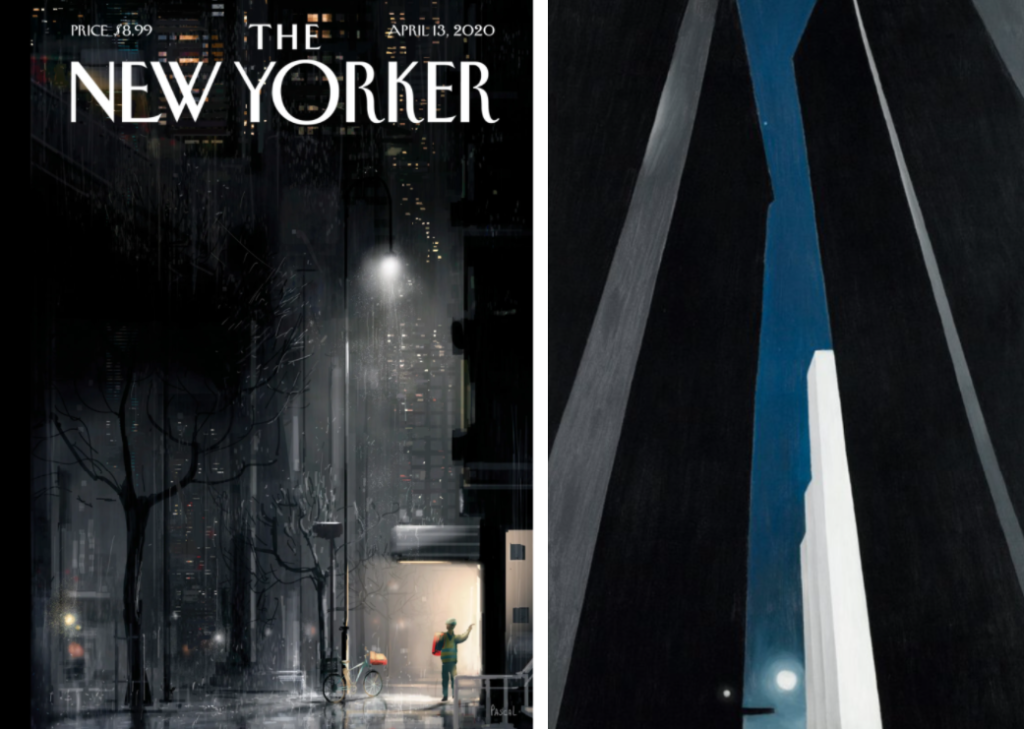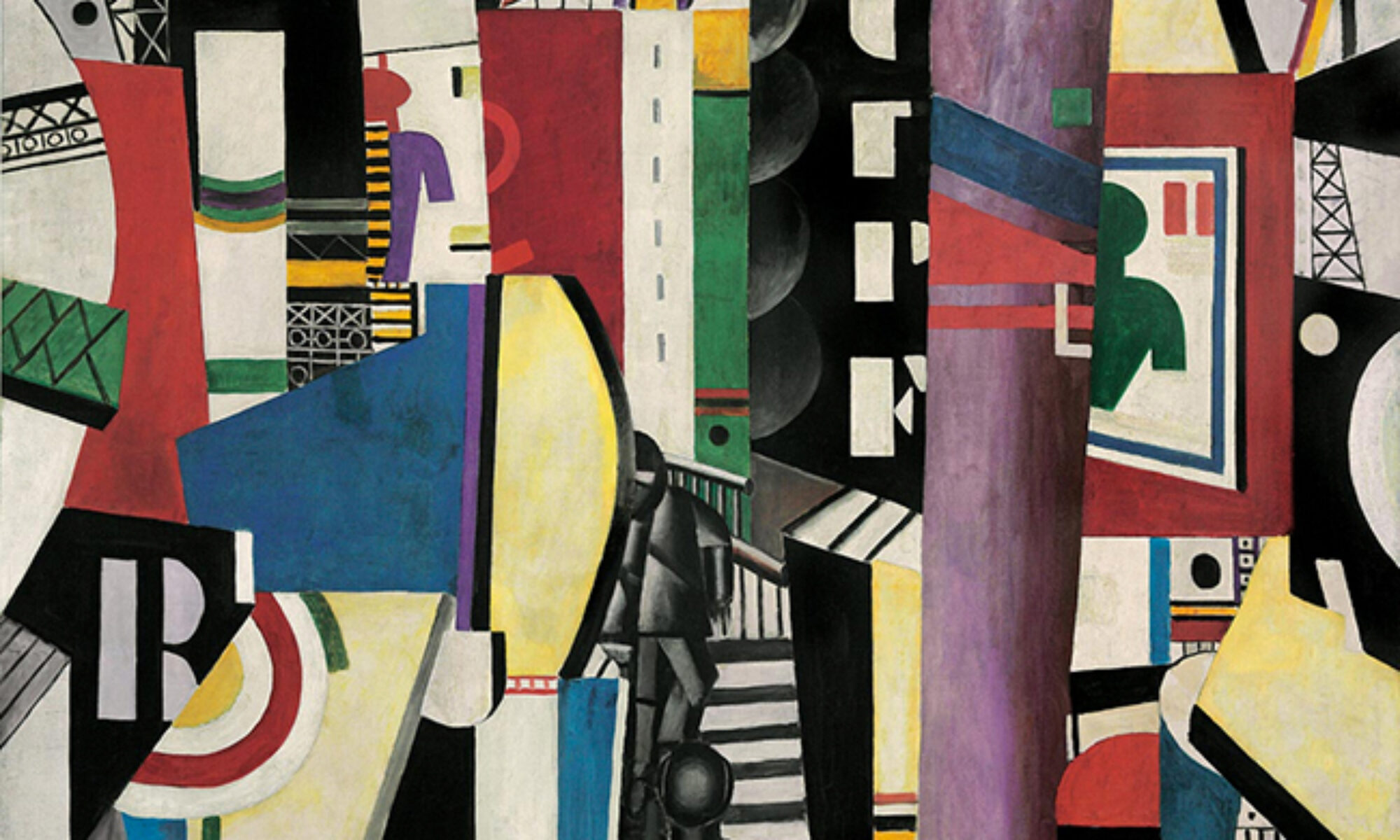Anna Neal
As far back as I can remember, there has always been a classic Neal family invasion on New York City. The story always seems to be the same. An hour-long train ride, from our suburban area in New Jersey, usually nibbling on crusty Dunkin Donut’s. We’d always see a new Broadway show in the nosebleed section and converse over dinner at Carmine’s. Occasionally, we’d lose a kid on the way when sprinting through Penn Station to catch a ride home. At this point, the only thing that would differ from our trips would be the weather. These annual trips ceased to nothing after the world came to a halt in March. The COVID pandemic has affected people globally but mostly those in cities. Things that seemed so ordinary, such as public transportation, became out of the question in the beginning of quarantine. Since March, the Neal family has not returned to the great city of New York. A city that holds some of the fondest memories with my family no longer seems the same. I’ve come to question how the city has changed socially and economically as a result of this whirl wind of adjustment. I aspire to live there in the future, and it is important I come to terms with what makes New York. The people? The food? The buildings? Regardless of the situation that New York is in, the aurora and self-appreciation the locals have, the city could not possibly push me away.
In the beginning of March, the world was not entirely sure to react to the situation ahead. Sure, the U.S underwent a pandemic in 1917, the Spanish Flu, but that was a hundred years ago. With modern medicine and advanced technology, it was unsure whether we would be able to eliminate the disease in a short amount of time. In reality, the coronavirus is almost just as deadly as the Spanish Flu. During the peak of the flu’s pandemic in 1918, “287 people out of every 100,000 died per month in New York” (Insider). COVID19, similarly, had 202 out of every 100,000. Precautions both then and now are taken the same: quarantine, awareness, and surveillance.

Above is an image captured by Raymond Coyne in Locust Avenue, California in 1918. This picture shows individuals wearing masks and propaganda. The sign reads, “wear a mask or go to jail”. It was not socially acceptable for people to leave the house without a mask. This seems eerily familiar. Although that sort of promotion is not used as much today, it is encouraged to social distance. This image captures the overall aura of that time period. The people in the picture rub off the feeling of exhaustion to the audience.
The picture found below is from modern day in an Atlanta Starbucks. People are social distancing and wearing masks. This picture is representative of how life is like now. I think both images convey a dark and dull mood. The people’s posture emanates a sulked attitude to the situation. These images are not subjective to both the time period and location. The pandemic has had a lasting affect towards everyone.

When the world shut down, life completely changed in New York City. Streets became vacant, businesses closed, and subways were found empty. In particular, unemployment claims skyrocketed 2,637% (New York Times). These factors have led many people to ditch their typical lifestyle. This, at first, changed the whole dynamic of the city. New York presents itself as a city that is dependent on social interaction and deeply rooted in community. This feeling seemed to have disappeared in the beginning, for many had to quarantine. The New Yorker’s front cover of their April edition replicates the emotions found in New York City at the time. It depicts a man shelter from the rain with the only source of light from a streetlamp. In this case, I believe the storm is a symbol for COVID19, and the man is trying to avoid it. The streets seem empty which is quite odd from how we are used to seeing NYC. This resonates an eerie and depressing tone. I found a piece by George O’Keefe that also mimics a similar mood. He painted this in 1926, and it is called “City Night”. There are tall structures, but in this case, the only source of light is from the moon. He uses only four colors: black, grey, dark blue, and white. With minimal attributes to the painting, it echoes a feeling of emptiness. This is similar to how many initially felt in the spring of 2020.

Despite technically being tourists in New York, my family has found our own personal traditions (e.g we go to the same Italian restaurant after a Broadway show). Our family would personally mourn Carmine’s Italian restaurant if it were to close. Unfortunately, from the pandemic, many small businesses were lost. The sense of rich community, however, gives me reassurance that this will not change New York. Curbed, a magazine apart of the New York, put out an article called “Reasons We’ve Loved New York” which is dedicated to all the small businesses lost during the pandemic. It stresses on the idea that New York is too big to know every nook and cranny, so you find your go-tos. They described this as a “wake” for the places that gave people their identities and fulfilled their lives. However, around “one-third of the city’s 240,000 small businesses may never make it to the post-vaccine promised land” (Curbed). This is not just occurring in the city of New York. Being a student at Georgia Tech in Midtown Atlanta, I’ve observed that smaller businesses have shut down as a result of COVID. As shown in the picture below, Chuck’s Famous Sandwiches has temporarily closed. Companies like Chuck’s depend on catering as a source of most of their income, and without big events, they are no longer getting that. It is tragic to see how locals are unable to stay afloat during these trying times. There is a turnaround, for NYC launched a support system for local business (ABC7NY). Many businesses have transitioned to outdoor dining, and they carry on finding innovative ways to stay safe. This city continues to display its heroic efforts consistently throughout the pandemic.

Regardless of how people are feeling now, I believe that New York will always hold true to its personality. There will always be people out and about whether it means they must wear masks and social distance. People have grown accustomed to their new way of living and would appear almost normal from the outside. New York resident Dasia Moore, returned to NYC after spending some time apart from it and claims that somethings never changed. Moore states, “It was disorienting, like closing your eyes in the middle of a horror movie and opening them to a sunny romcom” (Boston Globe). This is a positive take on the current situation. It shows that New York city residents have adapted and shown to be flexible. This makes me feel optimistic of the change in New York and maybe it is a blessing in disguise.

Paul Cournoyer painted a piece that reminds of what it will be like when the pandemic ends. It is known as “After the Rain” in Madison Square, and it was painted in 1900. I see the COVID19 pandemic as the storm we are in now. After a rainstorm, there is always a hue of color from the peaking sun. This may create a rainbow, or in this case, an orange glow. Within the painting, people are starting to come out again and embrace the fresh air. The choice of color scheme is what establishes the ambience of the painting. It gives a feeling of comfort to the audience.
I captured a similar image from Georgia Tech’s campus during sunset. The sky’s lighting brings a promising and optimistic energy. There is a same orange and yellow glow as Cournoyer’s painting. Whenever things seem to go back normal, I imagine people, places, and even the sky to radiate that same spirit. There is a slow transition to this happening in New York right now. Regardless of the current financial situation in New York, the city’s street life provides a counterargument. It is flowing with life, controversially to the empty streets in March and April.

New York City is one of the most well-established cities in the world, and it is only an hour drive from my small town. A place that is held so dearly to my heart, I often forget that it is a wonder to everyone else. My yearly trips with my family seem normal, but it is probably seen as a privilege. Despite the circumstances, I believe that there is a tide shifting in the city. With people following the same guidelines as they did in 1918, New York City has remained a shining glory. The pandemic has not discriminated against anyone, and this majorly affects a city that embraces a wide diversity of wealth and culture. These past few months has shown me that even a pandemic can change New York City, and it will never remain stagnant. With COVID vaccinations beginning to be administered, things will slowly return to normal. The pandemic will, however, leave a permanent footprint on those who live there. Although the city took a serious toll, New York City has grown from the situation and proven to be resilient. They are less afraid of the unknown. I look forward to returning with my family in the near future and hopefully living there in the future.
Bibliography:
Eyewitness News. “Coronavirus Update: NYC Launches Small Business Support for Low-Income Communities.” ABC7 New York, WABC-TV, 25 Nov. 2020.
Knoll, Corina, et al. “11 Numbers That Show How the Coronavirus Has Changed N.Y.C.” The New York Times, The New York Times, 20 Apr. 2020.
McFall-Johnsen, Morgan. “New York City’s Spring Coronavirus Outbreak Was Roughly as Deadly as the 1918 Flu Pandemic That Killed 50 Million People.” Business Insider, Business Insider, 14 Aug. 2020.
Moore, Dasia. I Wanted to See How Covid-19 Had CHANGED MANHATTAN. I Found That in Many Ways, It Hadn’t. – The Boston Globe. 20 Aug. 2020.
Schulman, Candy. Perspective | Yes, New York Has Changed. That’s What Makes It New York. 13 Sept. 2020.
Swanson, Carl. “500 Reasons We’ve Loved New York.” Curbed, 7 Dec. 2020.

I liked your many uses of parallelism in this blog post. Describing the Spanish Flu and comparing it to COVID-19 made me realize how similar the situation was a century ago. The comparisons with the modernist paintings were used well to help analyze the situation we are in right now. I’ve also been to New York many times in the past and the people in the city really define it, so I would love to visit it right now and see what’s it like during the pandemic. Despite being known for its hostility, New Yorkers do have a unique identity that will always bring them together and get them through times like this. It was really helpful to include the statistics about NY’s businesses and COVID and allowed me to understand the impact.